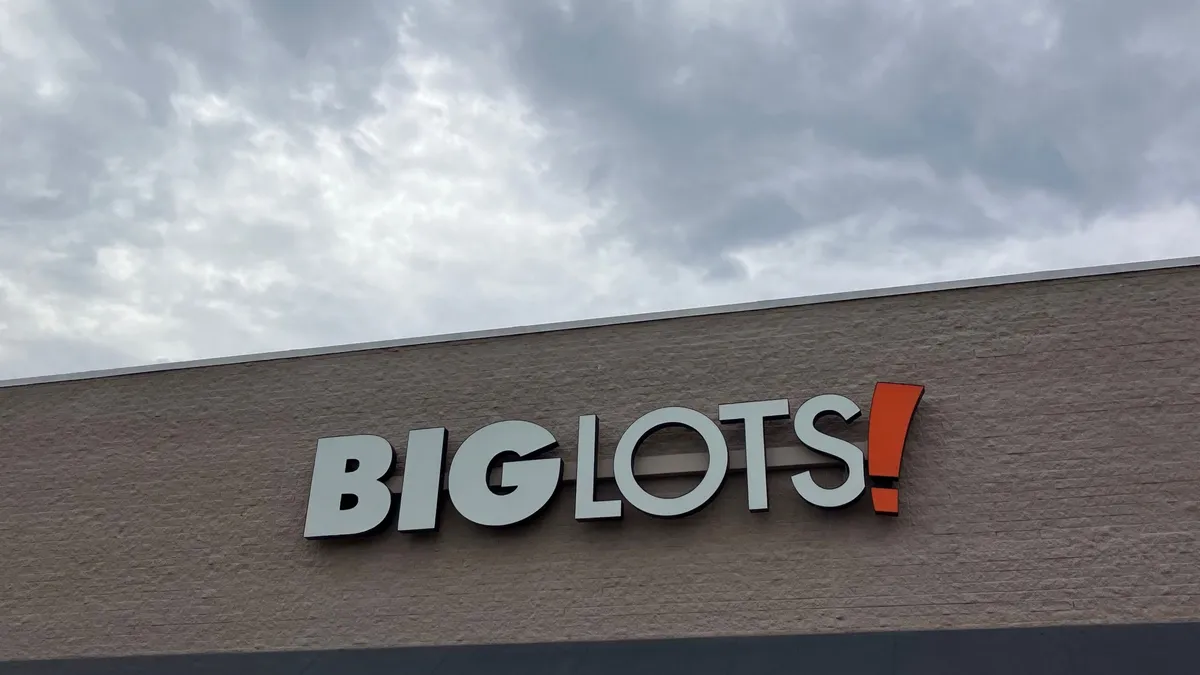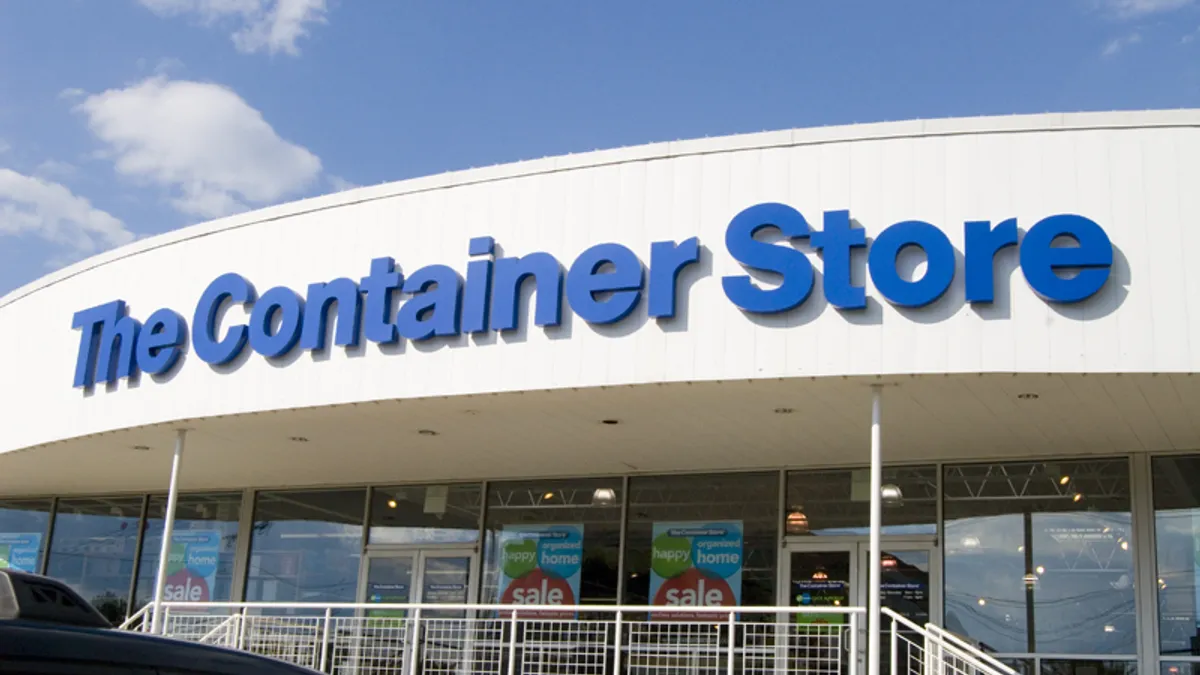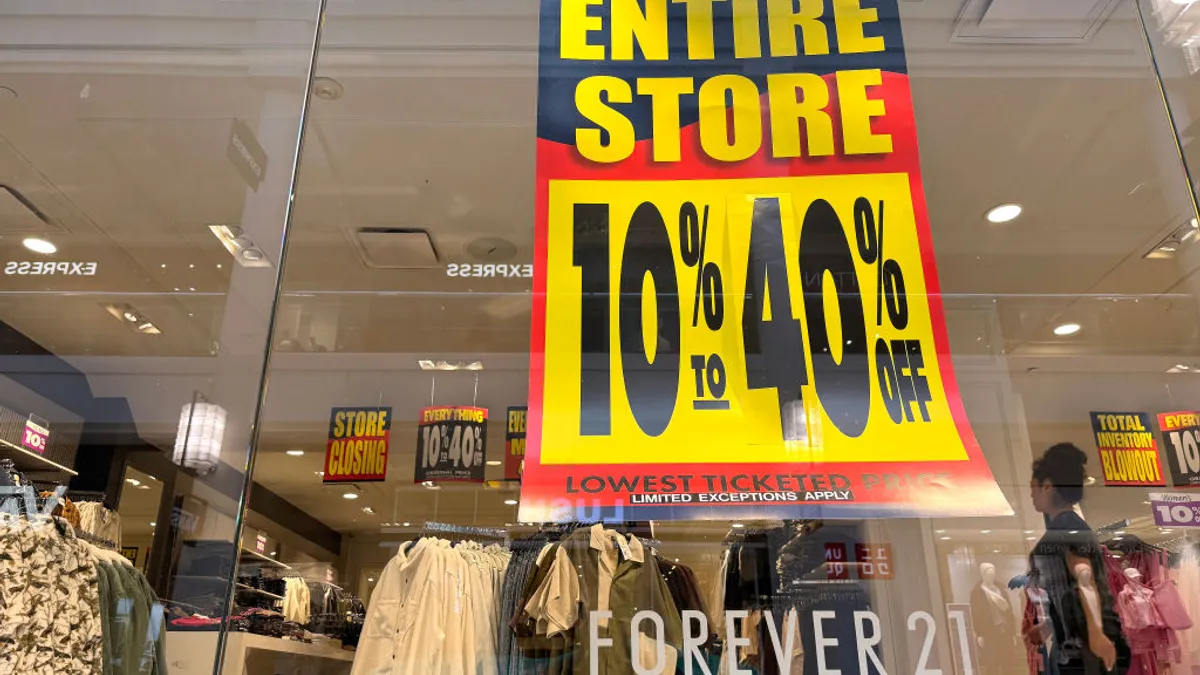Big Lots on Monday filed for Chapter 11 bankruptcy protection in Delaware. In court documents, Big Lots claimed liabilities and assets ranging from $1 billion to $10 billion. The company has received commitments for $707.5 million, including $35 million in new financing from its lenders.
Under a stalking horse agreement with Nexus Capital Management, the investment firm will acquire most of the company’s assets for $620 million. If Nexus is deemed the winning bidder, the transaction is expected to close during the fourth quarter.
CEO Bruce Thorn said Chapter 11 will enable the company to move forward with new owners, provide financial stability and allow the retailer to optimize its operational footprint. Although the retailer has taken steps to improve its sales and long-term performance, Big Lots said it has been adversely affected by the prevailing economic trends that have led customers to cut back on discretionary spending on the retailer’s core home and seasonal product categories.
“The bankruptcy of Big Lots is the inevitable destination for a chain that has suffered severe and unrelenting pressure on both its top and bottom lines,” Neil Saunders, managing director of GlobalData, said in emailed comments. “These things have produced a severe imbalance in the company’s finances and combined with high debt levels, have made normal operations impossible.”
The company said it generated operating revenues of about $4.7 billion in 2023. But it began the year with Q1 with net sales falling 10.2% to $1 billion, down $1.1 billion from the prior year. The company’s debt load was $556.1 million as of Monday.
Some of the company’s cost cutting efforts began last summer, with the sale-leaseback of 22 stores and a California distribution center. In April, the company took out another $200 million term loan backed by a mortgage on the company’s Ohio corporate headquarters and liens on most of Big Lots’ working capital and personal property assets. Last month, the company secured amended credit and loan terms that allowed the closure of up to 315 underperforming stores.
“Though the majority of our store locations are profitable, we intend to move forward with a more focused footprint to ensure that we operate efficiently and are best positioned to serve our customers. To accomplish this, we intend to use the tools afforded by this process to continue optimizing our store fleet in an orderly manner,” Thorn said.
Established in 1967, the retailer now known as Big Lots grew through acquisitions and expansions. In 2001, the company consolidated its stores under the Big Lots name and banner. As of Monday, Big Lots employs 27,700 people. In addition to its footprint of about 1,300 brick and mortar stores in 48 states, the company operates an e-commerce store, five regional distribution centers located in Alabama, California, Ohio, Oklahoma, and Pennsylvania.
Between 2013 and 2018, the company refocused its strategy away from closeout products and extreme bargains. That move “resulted in higher average product prices, diminished customer traffic and stagnating sale volume,” Chief Financial and Administrative Officer Jonathan Ramsden said in court documents.
Under new leadership in 2018 and 2019, the retailer began to re-emphasize its bargain value proposition. But then Big Lots’ “attention and resources were required to address the external challenges that hampered peers across the retail industry: namely the COVID-19 pandemic,” Ramsden said.
The bargain retailer recently enacted a turnaround plan. During a June earnings call, Thorn said the company planned to grow its bargain and closeouts to 75% of sales by the end of this year. It also aimed to have its extreme bargain penetration to reach 50% by year end.
Saunders said Big Lots has two main issues. First, it isn’t always the best value for the money. That’s hurting the company as consumers are increasingly comparing prices. Secondly, Saunders said, Big Lots’ assortment offers too much choice and too little treasure. “Big Lots operates in a very crowded and competitive market where other value players do a far better job of delivering on low prices and compelling bargains. It needs to step up its game if it is to succeed post-bankruptcy,” Saunders said.





















